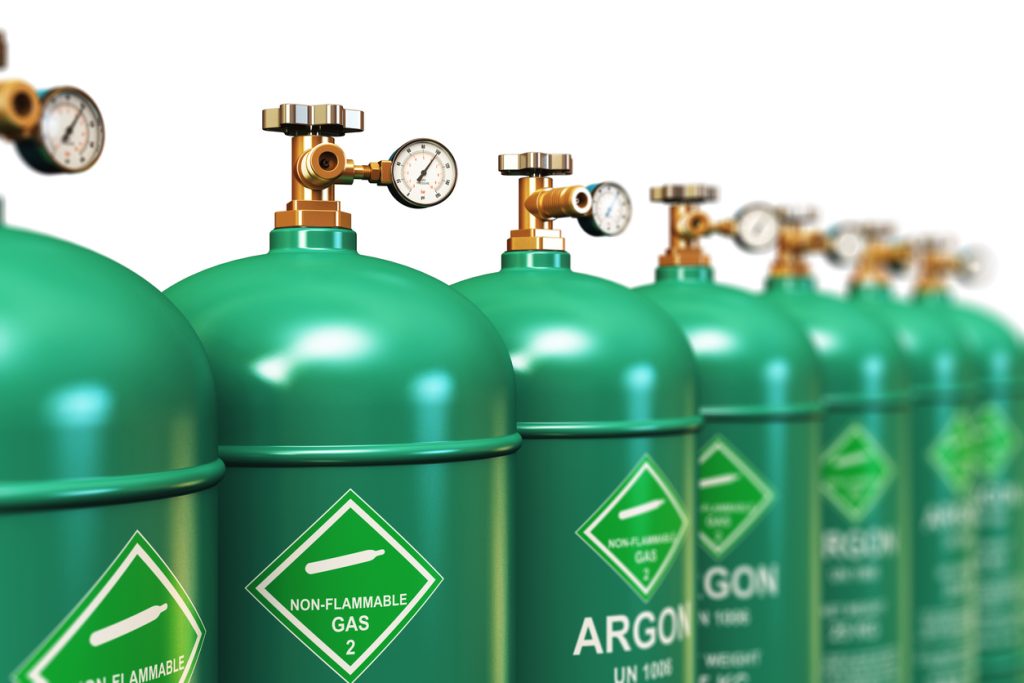4 Areas You Didn’t Know Argon Gas Existed

See also:
Argon has gained popularity over the years because of its many uses in modern society and scientific laboratories. In fact, argon gas is the most used inert gas on Earth since it exists naturally in the air, is easy to produce and is affordable compared to other noble gases. However, if you’ve learned about argon recently, you may never fully understand its importance in society if you don’t know how it’s being used.
Argon is utilised in many commercial and industrial procedures with high temperatures to help latent compounds become reactive since it is a stable gas with a moderate reaction rate. Although this minuscule amount of element has little bearing on biology or the climate of the Earth, it is beneficial to various industries and some of it is often found in your homes. Listed below are some of the uses of argon to better understand how it operates and its importance in today’s world.
Healthcare Industry
Did you know that argon is often used in the medical field? Argon lasers are employed to treat diabetic retinal detachment and retinal phototherapy and in surgeries to fuse arteries and eliminate malignancies. The medical field is the primary application for the argon laser system, as it can target areas with exceptional precision.
Moreover, argon also helps to freeze or kill sick or aberrant tissues during argon cryosurgery – a procedure in treating kidney cancers. Argon is also used to treat other issues, such as heart arrhythmias (irregular heartbeats).
Manufacturing Industry
You often hear argon gas in the welding and casting industry as it can act as a metal protector, keeping the metal from possible oxidation. As you know, metal is heated to extremely high temperatures during welding, and if left unprotected, it could react with oxygen in the surrounding air. Argon is a good shield gas for welding since it is very inert, meaning it doesn’t react with other chemicals.
Because of its inert nature, argon is also ideal for manufacturing titanium and other reactive materials like silicon, which corrode quickly if not protected from the environment.
Lighting
Are you aware that incandescent light bulbs contain inert gases such as argon? Well, argon keeps the tungsten filament in light bulbs from degrading. Without the protection of argon, the filament would react with the oxygen in the air and burn off the tungsten.
Moreover, during the heating process inside the light bulb, argon helps to contain vaporised tungsten towards the filament and avoid atoms from spreading and coating the inside of the bulb, extending your incandescent light bulb’s life.
Glass Windows
Another area where you can use argon effectively is making energy-efficient windows, notably double-glazed windows, for thermal insulation.
Argon can improve a window’s ability to insulate in a variety of ways. Research suggests that argon’s thermal conductivity is around 35% lower than normal air, which means it doesn’t conduct heat very quickly. So, when used in double-glazed windows, it helps to keep your room cool in the summer and keeps the heat inside in the winter.
Well, you’re breathing argon right now, whether you realise it or not. There’s no need to panic, though: this colourless, odourless gas makes up only 0.94% of the air you breathe. So, not only are inert gases like argon beneficial in shaping today’s modern living, but it’s also relatively safe to inhale and has no effect on living beings like humans.






